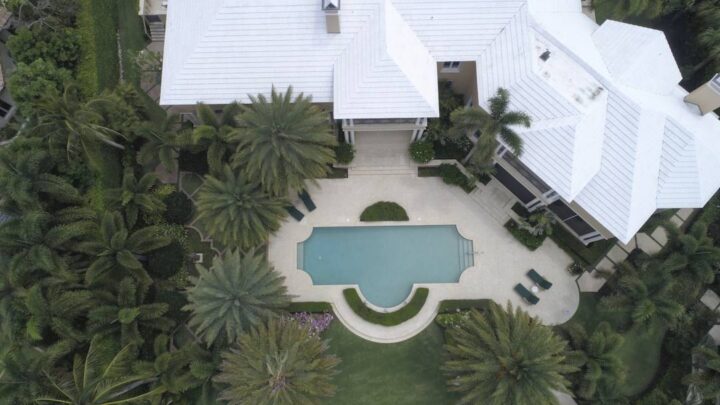Understanding the Basics of Homeowners Insurance in Florida
When protecting your home in Florida, understanding the nuances of homeowners insurance is crucial. The Sunshine State’s unique climate and geographical features present specific challenges and risks for homeowners. Knowing what your policy covers, what it doesn’t, and how to find the best rates can save you time, money, and stress in a disaster.
Navigating the complexities of insurance might seem daunting, but with the right information, you can make informed decisions. Below, we delve into the essential aspects of homeowners insurance so you can safeguard your home effectively.

The Types of Coverage Offered in Standard Florida Homeowners Policies
Standard homeowners policies in Florida typically consist of several types of coverage, starting with Dwelling Coverage, which pays for damage to the home itself. Other Structures Coverage applies to fences, sheds, and detached garages on the property. Personal Property Coverage protects the contents of your home, including furniture, clothing, and electronics, in case of damage or theft.
Liability Protection is another critical component, covering legal fees and damages if someone is injured on your property and you are found responsible. Loss of Use or Additional Living Expenses coverage provides temporary housing and living costs if your home is uninhabitable after a covered event. It’s imperative to check these coverages to ensure they align with your needs and the unique risks associated with living in Florida.
Meanwhile, Medical Payments Coverage is part of a standard policy. It covers the costs of medical bills if someone gets injured on your premises, regardless of liability. This coverage is beneficial in minor incidents and can prevent larger liability claims.
It’s worth noting that most standard policies have specified limits for each type of coverage. Homeowners should assess their coverage limits against the value of their property and personal assets to determine if additional coverage, known as endorsements or riders, may be necessary for complete protection.
Conduct an online search for “cheap homeowners insurance in Florida,” for example, to explore various options and find a policy that suits your needs and budget. Review each policy carefully, ensuring adequate coverage for your home and personal belongings while considering any additional endorsements or riders necessary for complete protection.
The Necessity of Flood Insurance in Florida’s Climate
Due to its geographic location, Florida is particularly vulnerable to flooding, making flood insurance a crucial investment for homeowners. While some may believe that their homeowner’s policy includes flood coverage, the reality is that it typically does not. Separate flood insurance policies are available through the National Flood Insurance Program (NFIP) or private insurers to cover this gap.
Even if you’re not in a designated flood zone, it’s worth considering flood insurance. Florida’s flat terrain and heavy rainfall can result in flooding outside known high-risk zones. Homeowners without flood coverage can face crippling financial losses in the event of a flood-related disaster.
Understanding your area’s flood risk level is a key step in assessing your need for flood insurance. The Federal Emergency Management Agency (FEMA) provides maps that outline flood hazard areas. These maps are a valuable resource for determining the potential necessity of flood insurance for your property.
Homeowners should also know the waiting period that often applies to flood insurance policies. There is typically a 30-day waiting period from the date of purchase before the policy goes into effect. Therefore, planning and not waiting until a storm is imminent is imperative to obtain coverage.
Calculating Premiums: Factors That Affect Your Homeowners Insurance Cost in Florida
Several factors influence the cost of homeowners insurance premiums in Florida. The value of your home and the extent of coverage you desire play significant roles in determining your rates. High-value homes or policies with lower deductibles and higher coverage limits generally result in higher premiums.
Location is another significant determinant. Homes in areas prone to hurricanes or other natural disasters may command higher insurance rates due to increased risk. Conversely, homes near fire stations or communities with robust security measures might benefit from lower premiums.
Credit history can also impact insurance costs. Insurers often use credit-based insurance scores to help predict the likelihood of a claim being filed. Those with better credit history could enjoy lower premiums, while those with poor credit might face higher rates.
Finally, the condition and age of your home influence premiums. Newer homes built to withstand Florida’s specific climate challenges may qualify for discounts, while older homes might come with higher insurance costs. Upgrades to roofing, plumbing, and electrical systems can also lead to premium reductions.
Overall, understanding the intricacies of homeowners insurance in Florida is essential for safeguarding your home against its unique risks. By assessing coverage options, considering flood insurance, and recognizing factors that affect premiums, homeowners can make informed decisions to protect their properties effectively.


